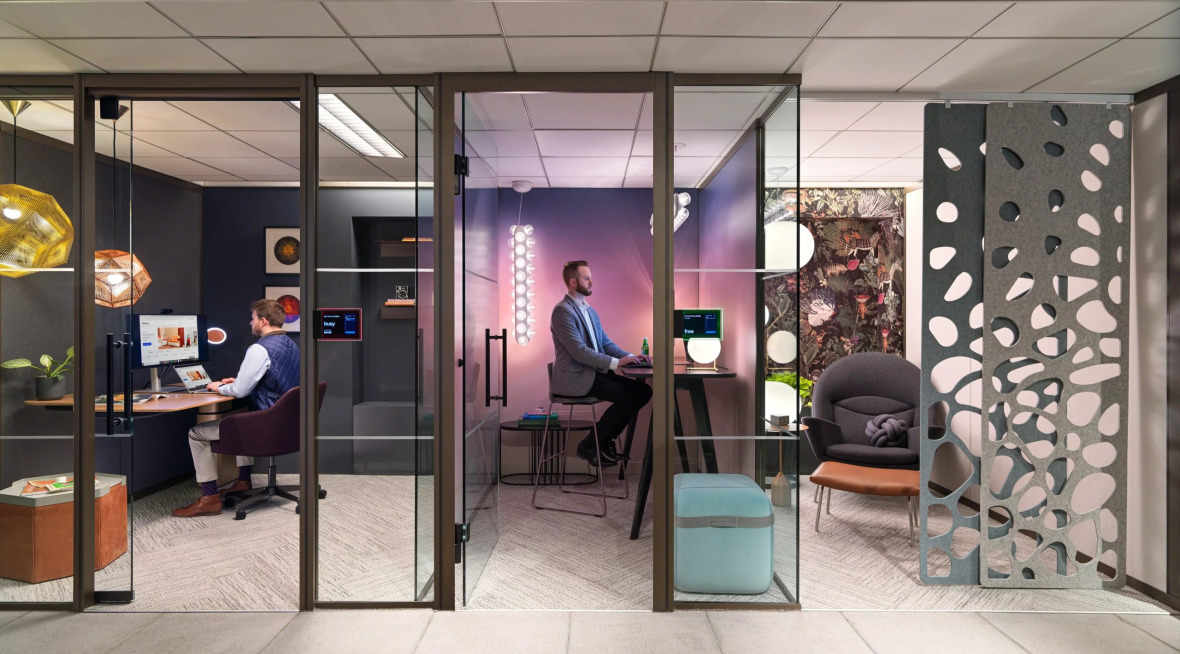Inclusion hasn’t always been a focus for corporations, but over the recent years, many companies have put more of an emphasis on not only inclusivity but also creating inclusive spaces. But what exactly is inclusive design, and how does a company incorporate that? For one, inclusive decision is not a one-size-fits-all idea. Instead, it is designing spaces for specific needs, for example, creating various working spaces that can meet the needs of all types of working styles.
Another way to incorporate inclusive design is to focus on hyposensitivity and hypersensitivity. Hyposensitivity means that an individual may be less sensitive to distractions and need stimuli within their environment. Hypersensitivity is the opposite and may require a sensory-friendly environment. Creating spaces that allow employees to control their environment allows less distractions, stressors, and fatigue.
Connect and protect are two critical things to consider regarding inclusive design. Both elements are important. Building meaningful connections within the workplace not only increases camaraderie but is also helpful in combating loneliness. On the other hand, protection is also equally important. Providing privacy and solitude can help employees gain the security they deserve.
The biggest thing to consider when it comes to inclusive design is how best to empower and accommodate the needs of employees. Not everyone succeeds or works in the same way, and creating spaces that can satisfy those needs will be helpful in the long run.

